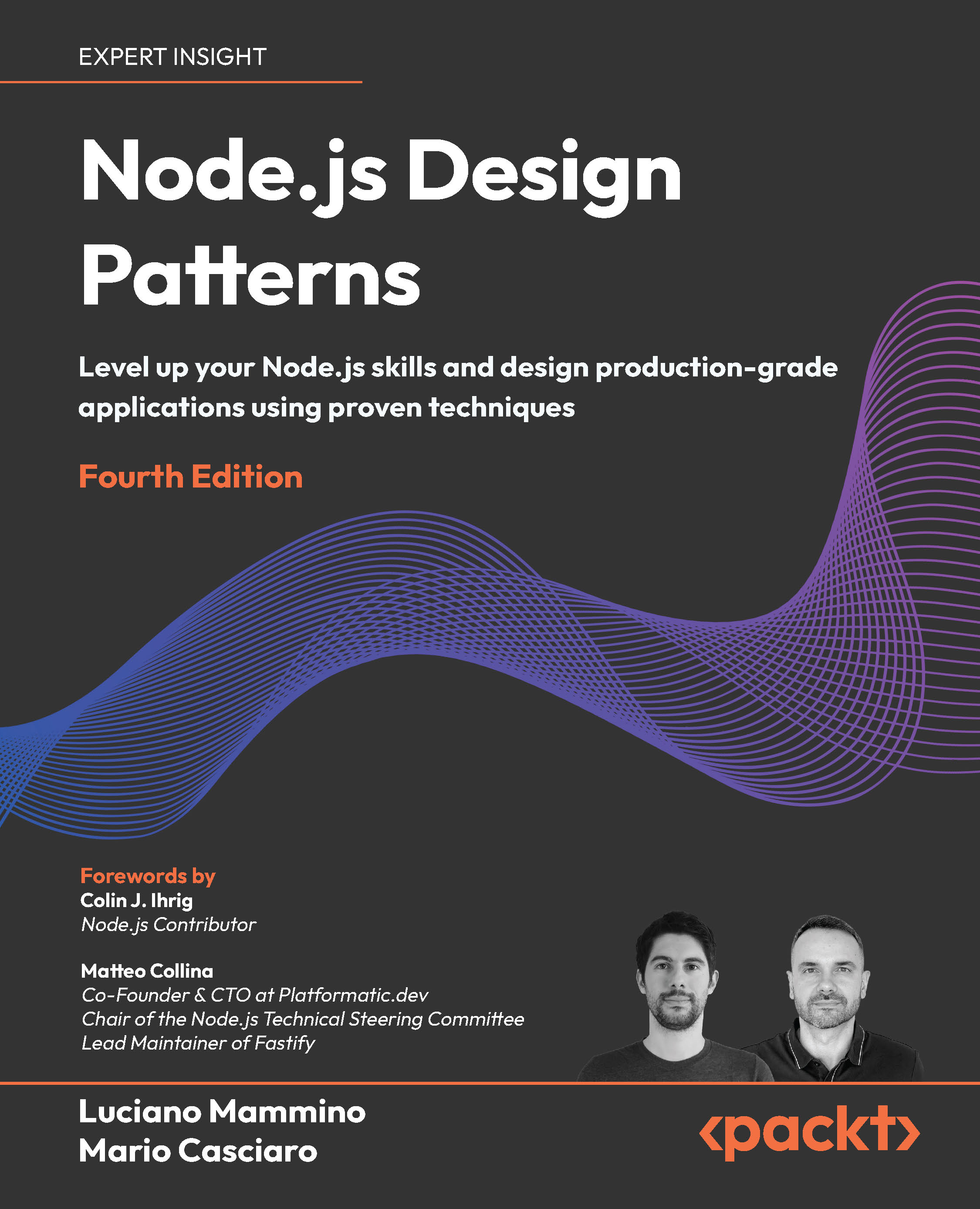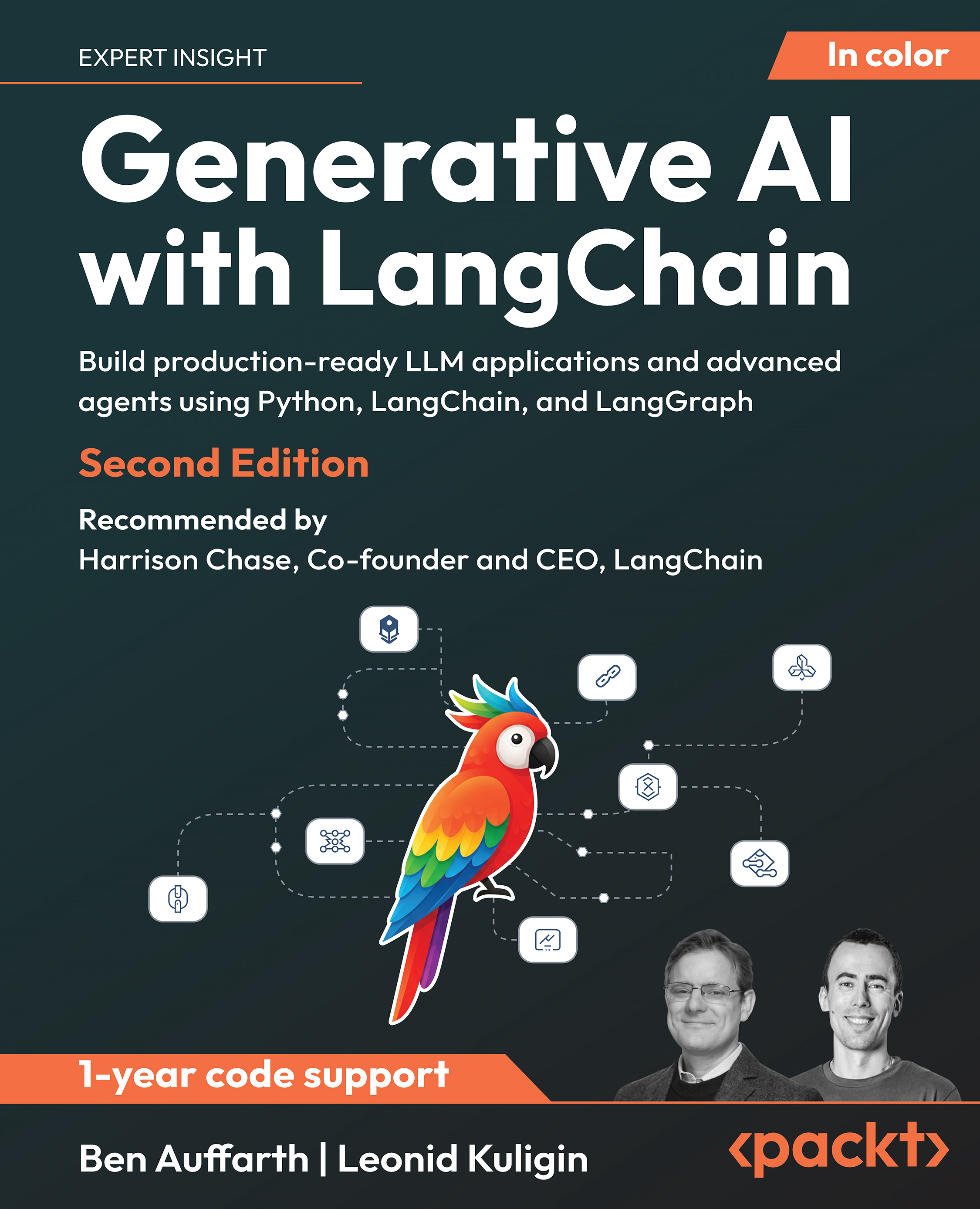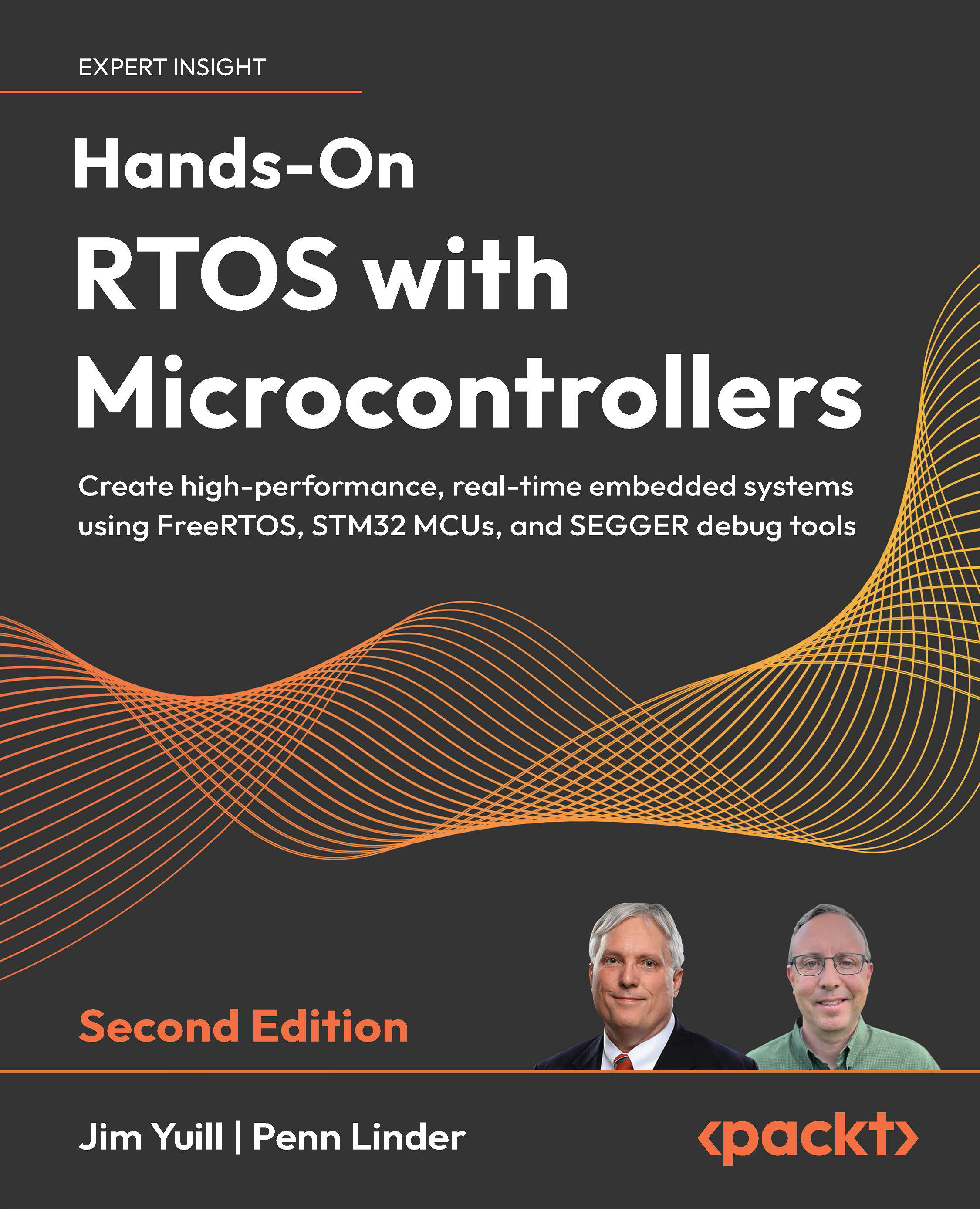Amoduleserves as a container for a specific set of functionalities in your application. For a web application, this could relate to a full page or parts of a page. For instance, a module dealing with the order process could be responsible for showing a cart symbol on the pages of a web shop, such as the product catalog orproduct details.
As mentioned, a module in DDD is usually what we will bring to the table in the form of a micro frontend. Nevertheless, keeping to a general notation here makes sense; after all, this helps us to see that good architectures rarely have anything to do with specific implementations but actually would work in multiple variants. In micro frontends, the functionality will be mostly designedaround components.
A module is, however, a part of the full problem domain, focused on a specific area (or subdomain). The general design principles for modules are low coupling and high cohesion. As such, a micro frontend should represent a single unit to solve one problem without relying on any other microfrontend directly.
In reality, we will be tempted to rely on other micro frontends to simplify the code. The one strong advice here is to avoid doing that, as the immediate simplification will usually backfire in a more complicated and less flexible solution later. When we start looking at the different architectural patterns later inChapter 7onward, we’ll see how to decouple themicro frontends.
To help us figure out what could be part of a module, DDD introduces the theoretical concept of abounded context.
 United States
United States
 Great Britain
Great Britain
 India
India
 Germany
Germany
 France
France
 Canada
Canada
 Russia
Russia
 Spain
Spain
 Brazil
Brazil
 Australia
Australia
 Singapore
Singapore
 Canary Islands
Canary Islands
 Hungary
Hungary
 Ukraine
Ukraine
 Luxembourg
Luxembourg
 Estonia
Estonia
 Lithuania
Lithuania
 South Korea
South Korea
 Turkey
Turkey
 Switzerland
Switzerland
 Colombia
Colombia
 Taiwan
Taiwan
 Chile
Chile
 Norway
Norway
 Ecuador
Ecuador
 Indonesia
Indonesia
 New Zealand
New Zealand
 Cyprus
Cyprus
 Denmark
Denmark
 Finland
Finland
 Poland
Poland
 Malta
Malta
 Czechia
Czechia
 Austria
Austria
 Sweden
Sweden
 Italy
Italy
 Egypt
Egypt
 Belgium
Belgium
 Portugal
Portugal
 Slovenia
Slovenia
 Ireland
Ireland
 Romania
Romania
 Greece
Greece
 Argentina
Argentina
 Netherlands
Netherlands
 Bulgaria
Bulgaria
 Latvia
Latvia
 South Africa
South Africa
 Malaysia
Malaysia
 Japan
Japan
 Slovakia
Slovakia
 Philippines
Philippines
 Mexico
Mexico
 Thailand
Thailand














